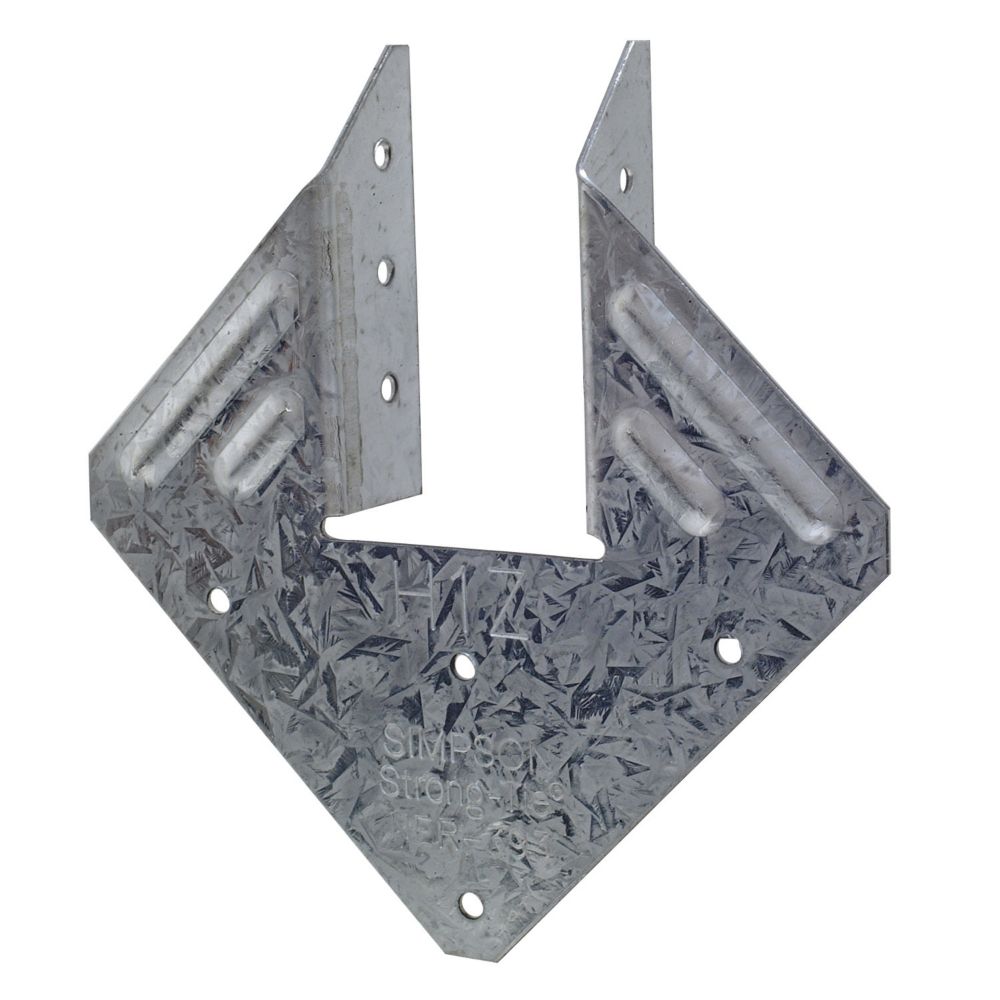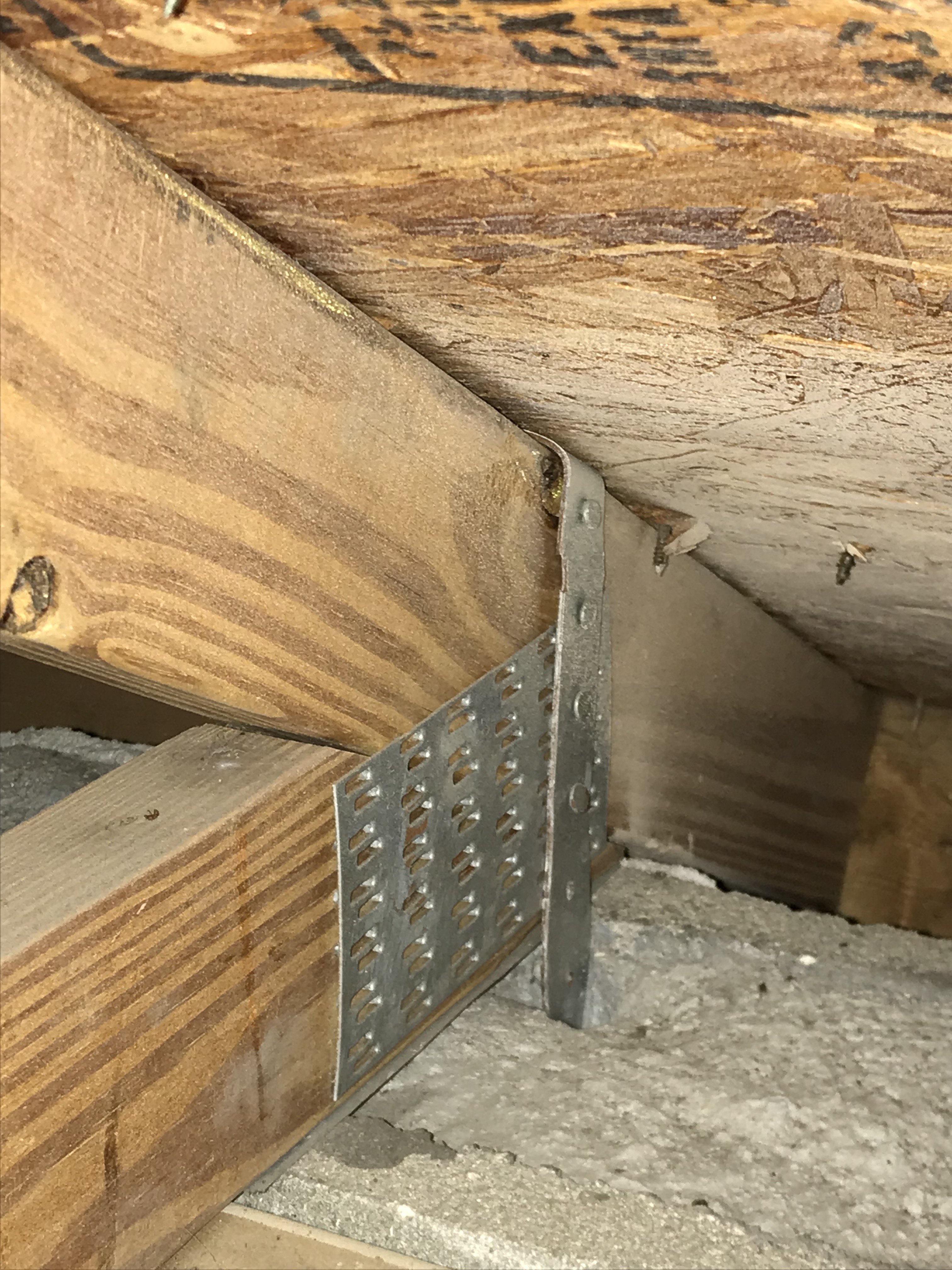

This means that if a strong upwind impacts the roof, the tie will transfer the force from the framing of the uppermost parts of the roof through the walls to the foundation, creating a much stronger structure that will resist upwind forces that could lift the roof off.Ī hurricane tie consists of a piece of heavy gauge galvanized or stainless steel that connects to the joists and top plates, to the rafters, or, in the case of a truss-style roof, to the top chords. The tie works by creating a structural load connection that transfers forces made to the top of the building all the way to its foundation. You’ll also find them in the midwest in homes that face the risk of tornadoes. Hurricane ties are standard in states that experience annual hurricane threats, such as Florida, Louisiana, and coastal communities in the southeastern U.S.

This prevents high winds, such as those experienced during a hurricane, from lifting off the roof off the structure.
RAFTER STRAPS HOW TO
How to Install Hurricane Straps on Existing RoofĪs their name suggests, the purpose of a hurricane tie is to make a building more structurally sound by reinforcing the connection between the roof and exterior walls.How to Install Hurricane Ties on Rafters Properly.When Should You Install Hurricane Ties Inside?.Benefits of Installing Hurricane Clips Outside.

Do Hurricane Ties Go Inside or Outside of Walls?.Simpson Strong-Tie H2.5A 18-Gauge Hurricane Tie.Simpson Strong-Tie H1 Hurricane Tie 18 Gauge.Rafter/ceiling joist connections and rafter/tie connections shall be of sufficient size and number to prevent splitting from nailing. Where rafter ties are spaced at 48 inches (1219 mm) o.c., the number of 16d common nails shall be two times the number specified for rafters spaced 24 inches (610 mm) o.c., with a minimum of six 16d common nails where no snow loads are indicated. Where rafter ties are spaced at 32 inches (813 mm) o.c., the number of 16d common nails shall be two times the number specified for rafters spaced 16 inches (406 mm) o.c., with a minimum of four 1 6d common nails where no snow loads are indicated. Rafter tie connections shall be based on the equivalent rafter spacing in Table 2308.10.4.1. Rafter ties shall be spaced not more than 4 feet (1219 mm) o.c. Where ceiling joists or rafter ties are not provided at the top of the rafter support walls, the ridge formed by these rafters shall also be supported by a girder conforming to Section 2308.4. The connections shall be in accordance with Tables 2308.10.4.9.1, or connections of equivalent capacities shall be provided. Where ceiling joists are not parallel to rafters, an equivalent rafter tie shall be installed in a manner to provide a continuous tie across the building, at a spacing of not more than 4 feet (1219 mm) o.c.

Ceiling joists shall have a bearing surface of not less than 1 1/2 inches (38 mm) on the top plate at each end. Ceiling joists shall be continuous or securely joined where they meet over interior partitions and fastened to adjacent rafters in accordance with Tables 2308.10.4.9.1 to provide a continuous rafter tie across the building where such joists are parallel to the rafters. Ceiling joists and rafters shall be nailed to each other and the assembly shall be nailed to the top wall plate in accordance with Tables 2304.9.10.1.


 0 kommentar(er)
0 kommentar(er)
